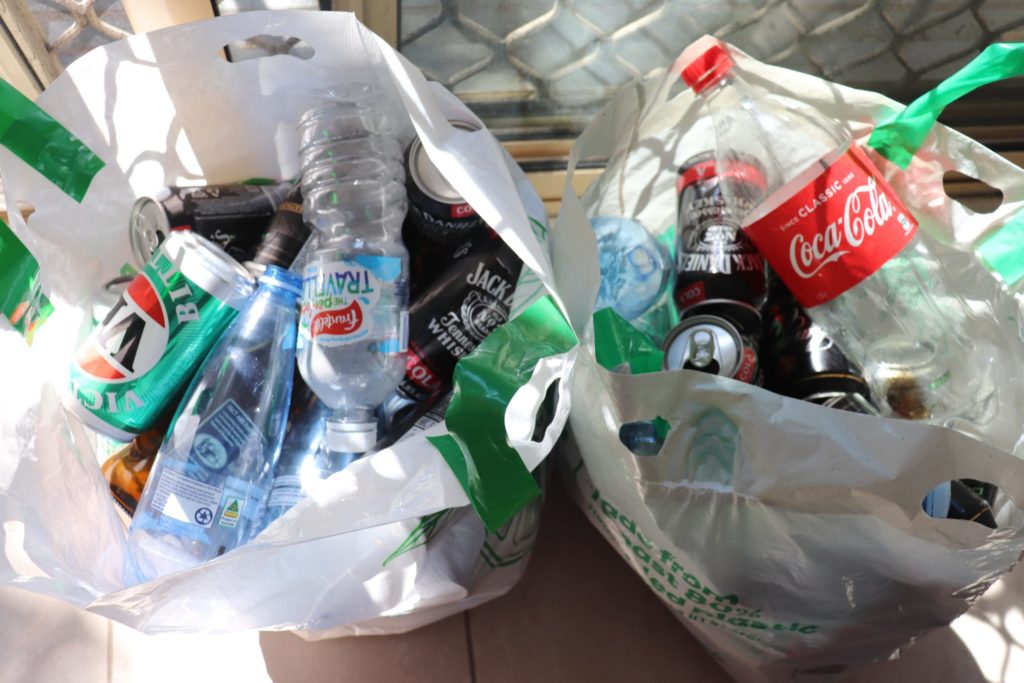Teams kneel at the altar of tax subsidies
The debate over standing for the national anthem is back on center stage this week, now that San Francisco 49ers quarterback Colin Kaepernick has been given the greenlight to start the game when his team kicks off at Levi’s Stadium in Santa Clara. The whole thing is annoying. One of the few things worse than pampered millionaires taking politically correct stands is patriotism displayed under duress — stand or else!
What’s even more annoying is the degree to which these ostensibly private teams and organizations continue to depend on taxpayers for their funding. Instead of worrying about symbolic issues involving professional athletes, more of us ought to be looking closely at the crony-capitalist deals that prop up the entire National Football League spectacle.
Sports subsidies have been a major issue lately in California lately, where a host of professional sports-related projects are underway. The Oakland Raiders are looking to move from the East Bay to Las Vegas, where the Nevada Senate just approved a subsidy plan. San Diego’s voters are being asked Nov. 8 to approve a massive subsidy to keep the Chargers in town. My office is a block from the new Sacramento Kings basketball arena, which just opened its doors (for a Paul McCartney concert).
My views about professional football mimic those of George Will, who once wrote that the NFL epitomizes the two worst features of American society, violence and committee meetings. My interest in the NBA isn’t much greater, either. I’ve got nothing against these games, but why should those of us uninterested in them be forced to foot the bill?
Team owners and civic boosters claim the economic benefits of these endeavors justify the tax subsidies, but that argument has long been debunked. “A new sports facility had an extremely small (perhaps even negative) effect on overall economic activity and employment,” according to economists Roger Noll and Andrew Zimbalist, in their 1997 book, Sports, Jobs, and Taxes. “No recent facility appears to have earned anything approaching a reasonable rate of return on investment.… Regardless of whether the unit of analysis is a local neighborhood, a city, or an entire metropolitan area, the economic benefits of sports facilities are de minimis.”
That means the economic benefit is really tiny. Their thesis holds true nearly two decades later. Dumping tens of millions of tax dollars into a sports franchise doesn’t create wealth in a metropolitan area. The teams employ few people. The construction boom is temporary. There aren’t enough games (especially in football) to make up for lost revenue. Such franchises shuffle entertainment dollars around a region. They don’t create new wealth.
Here in Sacramento, in the seedy part of downtown that’s now home to the Golden 1 Center, there are signs of localized improvement. There are a few new restaurants and bars. But that’s not a sign of economic growth. If, say, Sacramento imposed a “Greenhut tax” and sent the proceeds my way, we’d see a targeted economic boom at my house and among the businesses I patronize. But that doesn’t equate to a regional increase in economic activity.
The Golden 1 Center has been in the news for its plethora of high-tech gizmos, including massive Wi-Fi capacity. The San Francisco Chronicle refers to it as “a computer disguised as a sports arena.” That’s pretty cool, but money is fungible, so these features are partially financed on the backs of Sacramento taxpayers, who provide nearly half ($255 million) the funding. “It sets a high bar for the Warriors, who hope to move from Oakland’s 50-year Oracle Arena into a proposed 18,500-seat San Francisco arena by 2019,” according to the article.
In other words, the tax dollars are fueling an arms race in arena construction. Subsidies beget more subsidies.
One thing has changed since the 1990s: More people are questioning these deals. Sacramento officials fought efforts to put the subsidy to a citywide vote. Opponents of the deal gathered nearly 23,000 signatures, but a Superior Court judge ruled the petitions had too many errors and kept the question off the ballot.
In San Diego, Measure C would raise the city’s hotel tax from 12.5 percent to 16.5 percent to fund a new downtown stadium and convention center. A judge ruled that approval requires a two-thirds public vote. Yet according to a recent poll by the San Diego Union-Tribune and 10News, the measure is unlikely to get a simple majority approval, despite team owners’ long-standing threats to move the beloved Chargers to Los Angeles or elsewhere.
The city of Inglewood isn’t giving the Rams a direct subsidy, as the team, newly returned to Los Angeles, builds a privately backed City of Champions stadium for the 2019 season. Los Angeles isn’t Cleveland. In the years I lived in the LA region, I rarely met anyone – even die-hard football fans – who felt emotionally vested in the idea of an LA team. There’s too much going on for sports-team owners to be able to arm-twist the kind of concessions they receive elsewhere. (Sadly, St. Louis taxpayers are still stuck paying $144 million in debts for their now-departed team.)
A recent New York Daily News feature found the NFL has been ratcheting up the cost of its stadiums “where structures are identified by their massive girth, custom amenities and artisanal food stands.… A hefty price tag is a defining trait of these modern marvels, with fans and taxpayers typically financing a huge portion of construction.” The newspaper pegged the average stadium subsidy over the last decade at $285 million. That number could rise.
“The Oakland Raiders want to move to Las Vegas, and the city’s politicians, business leaders and legions of football fans are salivating,” according to a New York Times report last week. “The catch, as usual, is the price tag. The Raiders want a new, 65,000-seat stadium as part of the deal, and they’re asking for the state to pitch in to cover the nearly $2 billion cost using a tax on Vegas-area hotel rooms.” The state is being asked for about $750 million. Meanwhile, Oakland and Alameda County taxpayers still owe $95 million for a past stadium renovation.
Most of these discussions center on direct subsidies. But a recent Brookings Institution report calculated the large federal subsidies via tax-exempt municipal bonds for stadiums and arenas – and called for “reforms to reduce or eliminate this inefficient subsidy.” Brookings found “no discernible positive relationship between sports facility construction and local economic development, income growth or job creation.” The “more plausible justification” for the subsidies “is that there are public good benefits to local residents… in the form of enjoyment from following the team.”
I’d get more enjoyment if the local government used our tax dollars to better pave the roads so I can get out of town before Kings fans overrun my parking lot. To me, the most interesting thing about the 49ers game this weekend is that Levi’s Stadium is basically privately financed. If the league insisted on that standard, then I might even attend a game.
Photo by Christopher Penler








